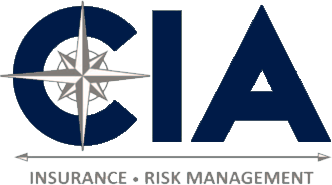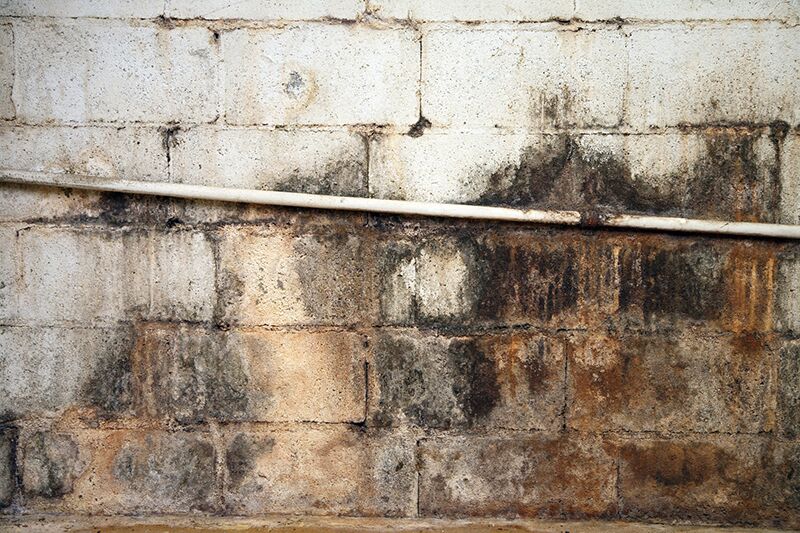Insurance to protect your property from sewer backup damage
As a homeowner, it’s vital to protect your property with the right insurance coverage. While standard home insurance policies offer coverage for physical damages your home sustains, there are limitations to this coverage. For instance, most standard homeowner’s insurance offers limited sewer back up, or no coverage at all, without a special endorsement. AAA of Michigan offers sewer backup coverage only for contents, but not for damage to the dwelling itself. Understanding what your homeowner’s policy covers is key to making sure you have the appropriate coverage in the event of a loss. Want to safeguard against this threat? Then secure insurance to protect your property from sewer backup damage.
- What is Sewer Backup Coverage?
- How Much Coverage Do I Need?
- How Can I Reduce My Risk for Sewer Backup?
A sewer backup occurs when sewage backs up into a home through drain pipes or residential plumbing systems. Naturally, this disaster can cause significant damage as well as pose major health hazards. As the name suggests, sewer backup insurance offers financial coverage to help you make home repairs or replace belongings damaged during a sewer backup event. Securing this coverage is simple as homeowners have the option to add this coverage to their existing home policy. Please keep in mind that sewer backups are categorically different from floods. So, your sewer backup insurance will not provide coverage for flood damages, and vice versa.
When deciding how much sewer backup coverage to secure, there are various factors to take into account. Consider the areas of your home most prone to sewer backup damage, for instance, your basement. If your basement is finished, then naturally it would cost more to repair in the event of a sewer backup. Additionally, if you store high-value items in your basement, you need to consider how much it would cost to replace these belongings in the event of a sewer backup. These higher repair and replacement costs would determine how much sewer backup coverage to secure. Fortunately, with the average annual cost of this coverage ranging from $50-$250, increasing your coverage limits will not break the bank.
There are steps you can take to reduce your risk of a sewer backup. For example, a water-driven, or battery-powered sump pump can lower the chance of a loss from a sewer backup. Sump pumps are connected to a basement’s drain system and pump water back outside. Battery backup sump pumps are used to supplement primary pumps that can fail due to power outages or mechanical failure, offering several hours of additional protection from water damage. Another option to reduce your risk is a sewer backup alarm system, either a monitored or local alarm system. These alarms notify you of a blocked drain and backup, allowing you to take measures to reduce damage to your home and contents.
Knowing the risks will help you take the steps to protect your property from sewer backup damage. For further assistance with your homeowners insurance, contact the experts at CIA Insurance and Risk Management. Our dedicated team is eager to get you the coverage you need today.
Post written by Sam Crudo, Chief Executive Officer.
Comments are closed.




